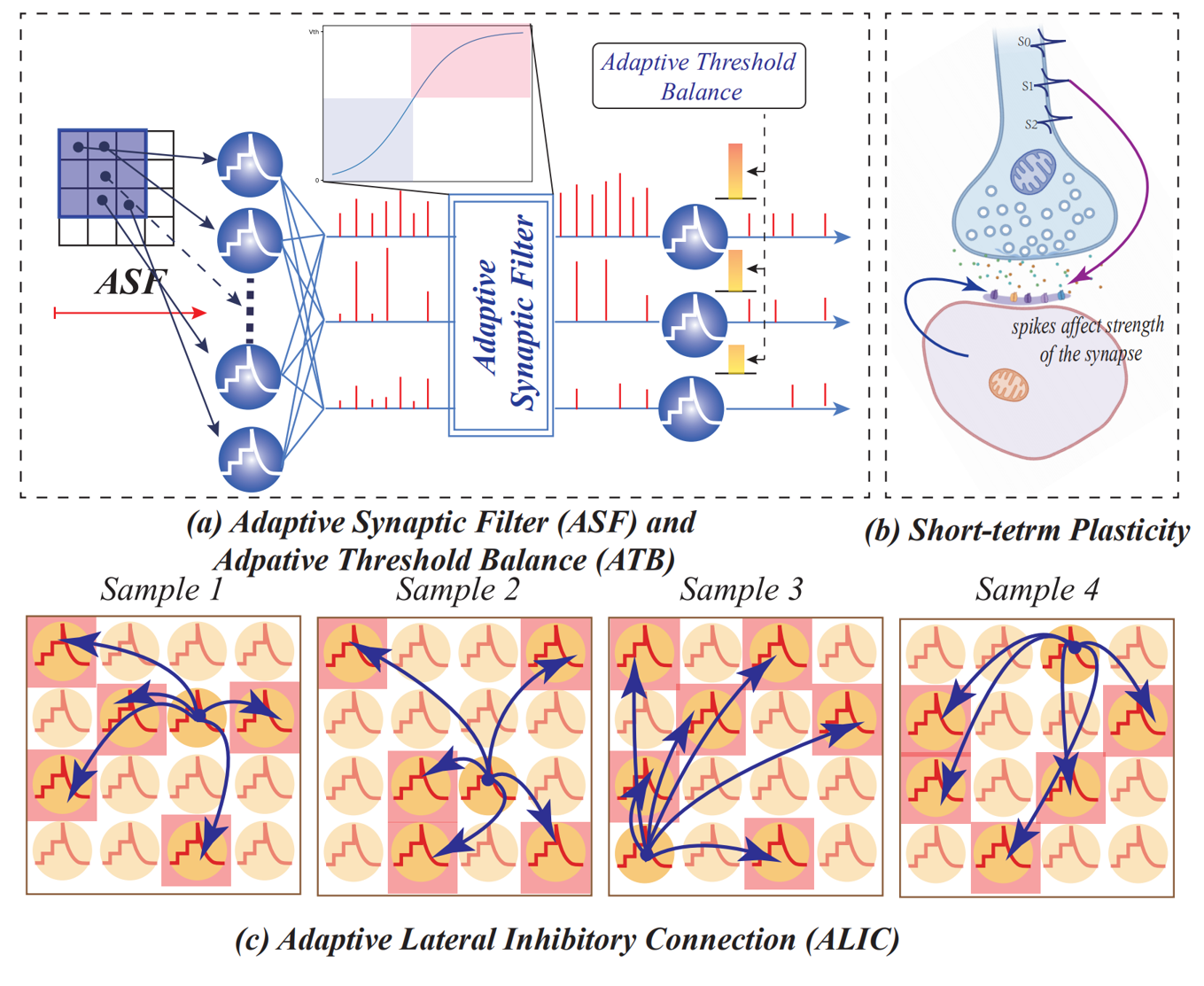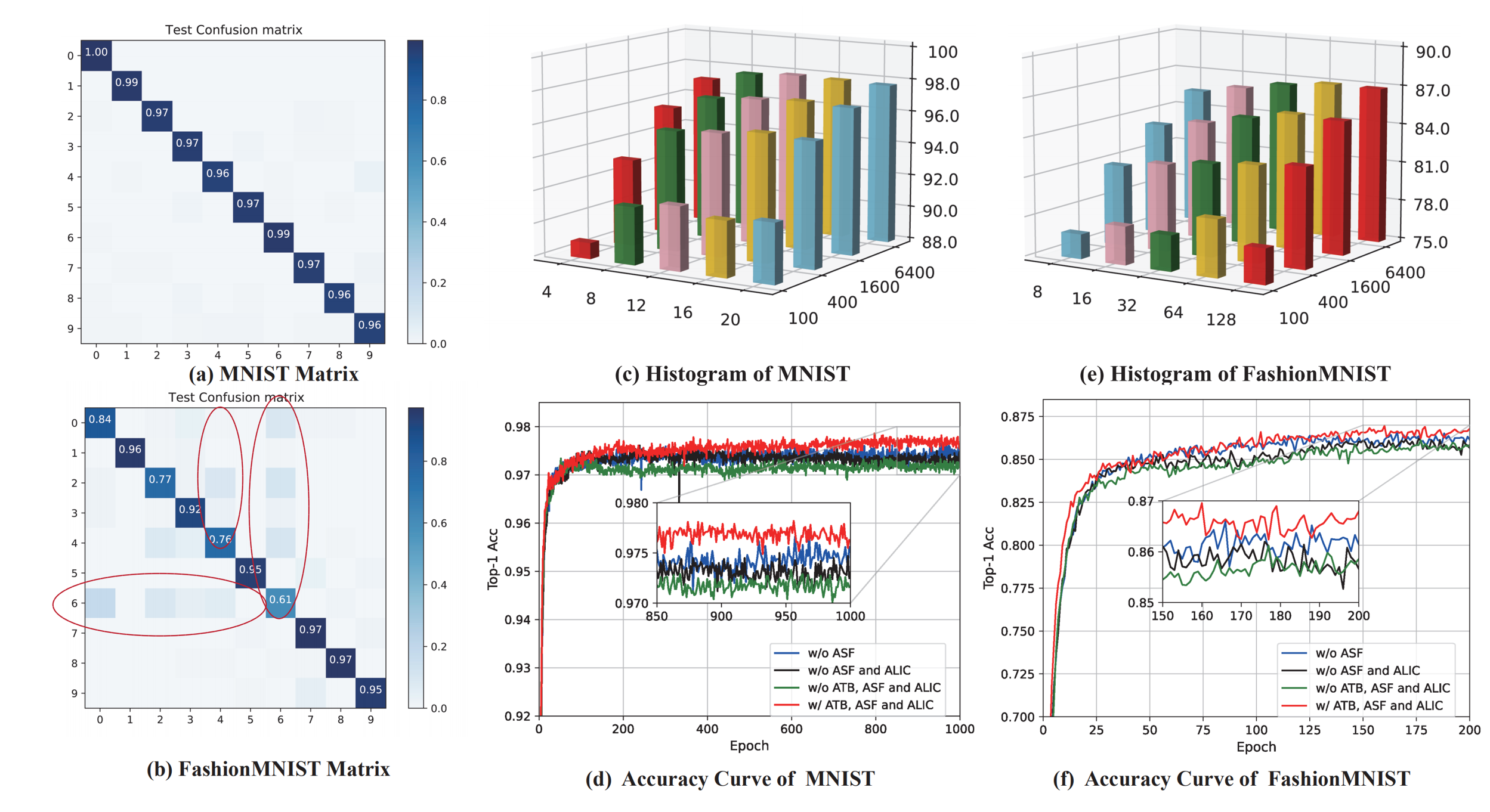Lec 12 Unsupervised STDP Based SNNs with Multiple Adaptive Mechanisms Based on BrainCog
Hello everyone. In this issue, I will explain to you how to use braincog to build an unsupervised spiking neural network based on the stdp algorithm. Algorithms based on brain-inspired synaptic plasticity have always attracted people’s attention. However, the current algorithms of this kind still cannot obtain ideal performance because of their own characteristics. So we try to solve the problems caused by the stdp training process, and try to solve them.
The STDP algorithm is a learning mechanism that modifies synaptic weights widely in the brain. It is the neurobiological basis for the brain to complete various learning and cognitive tasks. STDP is a local learning algorithm, which modifies synaptic weights accordingly according to the timing relationship of pre- and post-synaptic discharges of neurons. However, this local learning algorithm lacks global information, making it difficult to converge.
After research, we found that STDP will cause the repetition of convolution weights and the mismatch of input and output between different layers during the training process. As shown in Figure 1:
 (a) The convolution kernel inside the same color converges to the same weight at the same time (b) the output of the neurons of the previous layer and the input of the next layer are not in the appropriate range, resulting in the instability of spike firing.
(a) The convolution kernel inside the same color converges to the same weight at the same time (b) the output of the neurons of the previous layer and the input of the next layer are not in the appropriate range, resulting in the instability of spike firing.
Therefore, we designed multiple adaptive mechanisms inspired by biology to try to solve the above problems and improve the performance and learning efficiency of the model.
 The overall model is as above, it is a spiking neural network composed of multiple layers of neurons. In order to solve the problem of convolution kernel feature repetition, we improved the original lateral inhibition connection method so that it can adaptively form dynamic connections according to the input. In addition, according to the mismatch problem of input and output, we also designed an adaptive threshold balance to achieve a balance in spike firing, which effectively controls the distribution range of input and output. At the same time, we also designed an adaptive synaptic filter inspired by short-term synaptic plasticity. It helps neurons fire more steadily. Finally, considering the low computational efficiency of the original STDP algorithm, we designed the STB-STDP algorithm that simultaneously combines information from different samples and different times. It greatly improves the operating efficiency of the model. As shown in the figure below, our various adaptive algorithms are introduced respectively.
The overall model is as above, it is a spiking neural network composed of multiple layers of neurons. In order to solve the problem of convolution kernel feature repetition, we improved the original lateral inhibition connection method so that it can adaptively form dynamic connections according to the input. In addition, according to the mismatch problem of input and output, we also designed an adaptive threshold balance to achieve a balance in spike firing, which effectively controls the distribution range of input and output. At the same time, we also designed an adaptive synaptic filter inspired by short-term synaptic plasticity. It helps neurons fire more steadily. Finally, considering the low computational efficiency of the original STDP algorithm, we designed the STB-STDP algorithm that simultaneously combines information from different samples and different times. It greatly improves the operating efficiency of the model. As shown in the figure below, our various adaptive algorithms are introduced respectively.

And the results on multiple datasets also show the effectiveness of our model. We get current state-of-the-art results based on STDP unsupervised algorithms on multiple datasets. We also conduct ablation experiments to verify the effectiveness of our proposed multiple mechanisms.

Welcome to follow and cite our articles:
@article{dong2022unsupervised,
title={An Unsupervised Spiking Neural Network Inspired By Biologically Plausible Learning Rules and Connections},
author={Dong, Yiting and Zhao, Dongcheng and Li, Yang and Zeng, Yi},
journal={arXiv preprint arXiv:2207.02727},
year={2022}
}
@article{zeng2022braincog,
title={BrainCog: A Spiking Neural Network based Brain-inspired Cognitive Intelligence Engine for Brain-inspired AI and Brain Simulation},
author={Zeng, Yi and Zhao, Dongcheng and Zhao, Feifei and Shen, Guobin and Dong, Yiting and Lu, Enmeng and Zhang, Qian and Sun, Yinqian and Liang, Qian and Zhao, Yuxuan and others},
journal={arXiv preprint arXiv:2207.08533},
year={2022}
}